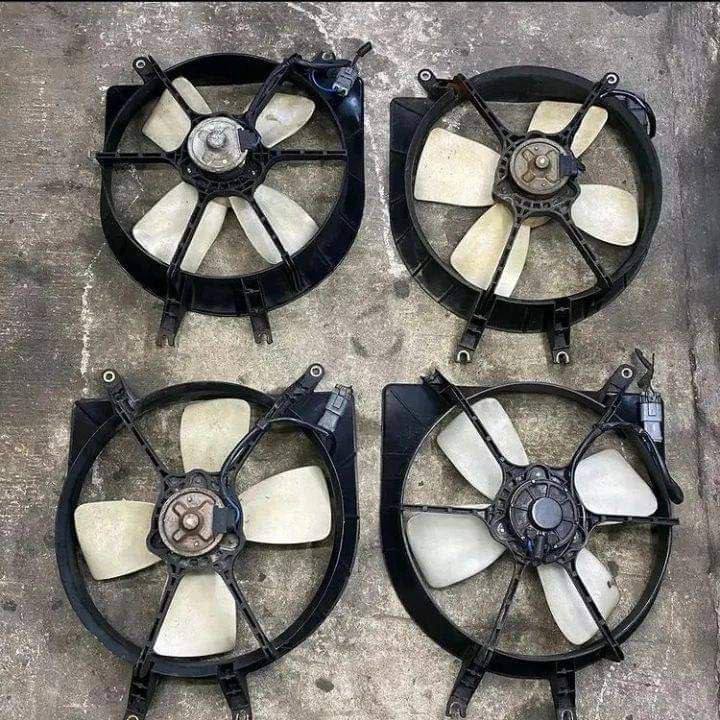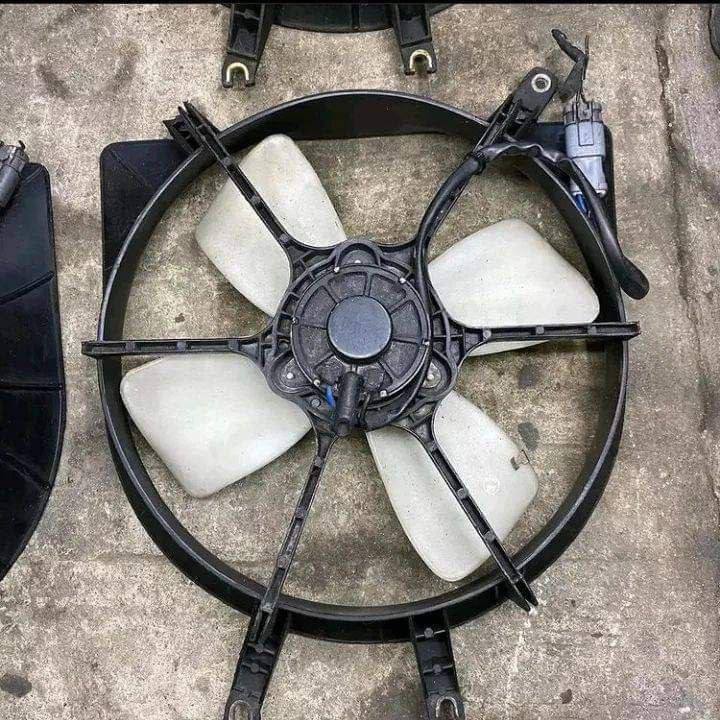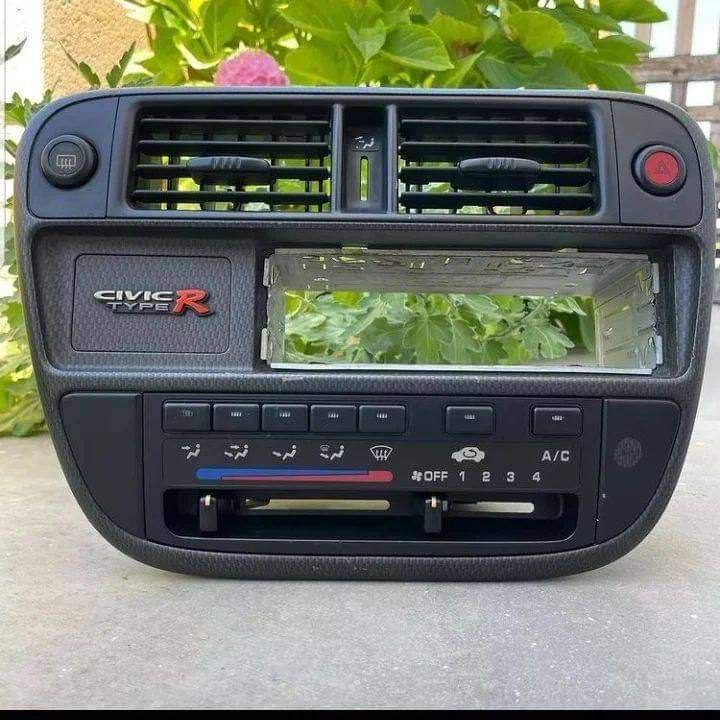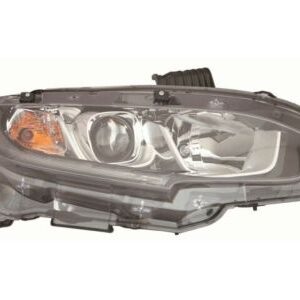Description
Radiator Fan
The radiator fan in a vehicle like the Honda Integra DC2 or any other car plays a vital role in maintaining the engine’s optimal operating temperature. Here’s an overview of how the radiator fan works, its importance, troubleshooting issues, and options for upgrades or replacement.
Purpose of the Radiator Fan
- Cooling the Engine:
- The radiator fan helps cool the engine by drawing air through the radiator, particularly when the vehicle is not moving or moving slowly. This airflow helps dissipate heat from the engine coolant, which circulates through the radiator.
- Supporting Airflow:
- While driving, natural airflow through the front grille helps cool the radiator, but the radiator fan is essential when the car is idling or in stop-and-go traffic.
- Temperature Regulation:
- The radiator fan is typically controlled by a thermostatic switch or the engine’s ECU (Engine Control Unit). It turns on when the coolant temperature exceeds a certain threshold to prevent the engine from overheating.
Types of Radiator Fans
- Mechanical Fans:
- Older vehicles or larger engines may use mechanical fans driven by a belt connected to the engine. These fans spin as long as the engine is running, though they may have a clutch that allows them to disengage when not needed.
- Most modern vehicles, including the Honda Integra DC2, use electric fans.
- Electric Fans:
- Electric radiator fans are more common in modern cars. They are controlled by the car’s thermostat and operate independently of engine speed. These fans only activate when needed, which improves efficiency.
Common Issues with Radiator Fans
- Fan Not Working:
- If the radiator fan doesn’t turn on, it can cause the engine to overheat, particularly in slow traffic or at idle. This can be due to:
- A blown fuse.
- A faulty relay.
- A bad fan motor.
- A failed temperature sensor or thermostat.
- If the radiator fan doesn’t turn on, it can cause the engine to overheat, particularly in slow traffic or at idle. This can be due to:
- Fan Stays On:
- If the fan stays on continuously, it could be a sign of a faulty coolant temperature sensor or a problem with the fan relay or ECU.
- Fan Running Noisily:
- A noisy radiator fan could indicate worn-out bearings in the fan motor or a fan blade that’s out of balance or damaged.
- Overheating:
- If your engine is overheating and you notice the fan isn’t turning on, it’s likely a fan-related issue. It’s essential to address this quickly to avoid engine damage.
Troubleshooting Radiator Fan Issues
- Check the Fuse:
- Inspect the radiator fan fuse in the vehicle’s fuse box. If it’s blown, replace it and see if that resolves the issue.
- Test the Fan Relay:
- The relay controls the power supply to the fan. You can test the relay by swapping it with another one of the same type in the fuse box.
- Test the Fan Motor:
- Directly connect the fan to a 12V power source (battery) to see if it runs. If it doesn’t, the fan motor may need replacement.
- Inspect the Temperature Sensor:
- The coolant temperature sensor signals the ECU when to activate the fan. A malfunctioning sensor can prevent the fan from turning on at the correct temperature.
Replacement and Upgrades
- OEM Replacement:
- If your radiator fan is malfunctioning, replacing it with an OEM (Original Equipment Manufacturer) fan ensures compatibility and reliability.
- For a Honda Integra DC2, the OEM fan will provide the correct cooling performance for stock or lightly modified engines.
- Aftermarket Upgrades:
- Aftermarket electric fans can provide improved cooling performance, especially for modified engines or cars used for track days.
- Brands like Mishimoto, Flex-A-Lite, and SPAL offer high-performance electric fans with better airflow and durability than stock fans.
- Slim fans are also a popular option for builds where space in the engine bay is limited, offering comparable cooling performance in a more compact design.
- Dual Fan Setup:
- Some enthusiasts opt to install a dual fan setup for improved cooling. This can be especially useful for high-performance builds or turbocharged engines where additional cooling is required.
Radiator Fan Replacement Process
- Disconnect the Battery: Always start by disconnecting the negative terminal of the battery to avoid electrical shorts.
- Access the Radiator Fan:
- You may need to remove components like the radiator shroud, hoses, or even the radiator itself to access the fan, depending on the vehicle’s layout.
- Unplug Electrical Connections: Disconnect the fan’s electrical connectors.
- Unbolt the Fan: The fan is usually mounted with a few bolts. Remove these to free the fan from the radiator.
- Install New Fan: Install the new fan in reverse order. Reconnect the electrical connections and ensure everything is securely mounted.
- Reconnect the Battery: Once the new fan is installed, reconnect the battery and test the fan’s operation by letting the engine run until it reaches operating temperature.
Conclusion
The radiator fan is a vital part of the engine’s cooling system, ensuring that the engine stays within its safe operating temperature. Whether you’re dealing with a failing fan or upgrading for better performance, understanding the radiator fan’s function and troubleshooting methods will help you maintain your vehicle’s health.










Reviews
There are no reviews yet.